How to Train to Become Amazing at Combat: Insights from Navy SEAL DJ Shipley on Army, Training, Combat, and Hard Core Preparation
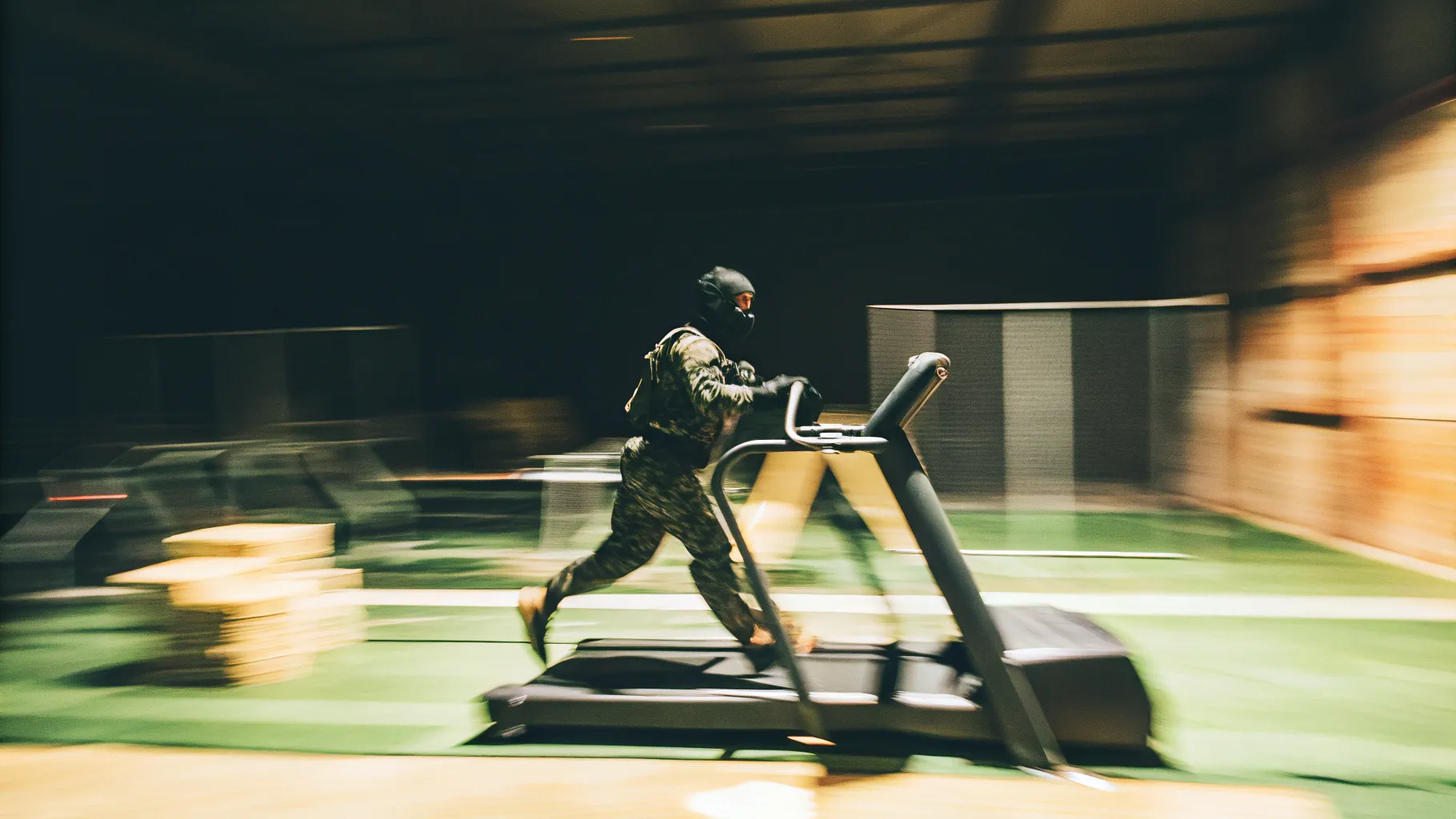
Training to excel in combat and tactical operations is a demanding journey that requires more than just physical strength. It demands consistency, strategy, mindset, and a deep understanding of the realities faced by those in law enforcement and military roles. Navy SEAL DJ Shipley, a retired SEAL and expert in tactical training, shares invaluable insights into how to prepare effectively for combat, law enforcement duties, and the mental toughness needed to become a truly formidable combatant. In this article, we delve into DJ Shipley’s philosophy on training, the intersection of physical readiness with tactical skill, and the mindset necessary to thrive in high-stakes environments.
Table of Contents
- The Core Philosophy of Tactical Combat Training
- Training Types That Cover Tactical Demands
- Why Go the Extra Mile in Training?
- High-ROI Training Recommendations for Tactical Professionals
- Training in Special Operations and Deployment Environments
- Mindset: The Critical Component for Combat Excellence
- Balancing Training with Life and Recovery
- Frequently Asked Questions (FAQ)
- Conclusion
The Core Philosophy of Tactical Combat Training
Combat training, whether for military personnel or police officers, is fundamentally about preparing the body and mind to face resistance and operate effectively under intense pressure. DJ Shipley emphasizes that tactical training is not just about brute strength but about developing the ability to:
- Defend against resistance
- Move freely around resistance, including rapid egress and lateral movement
- Approach and push toward resistance when necessary
- Impose coercive or deadly force appropriately
- Coordinate effectively with team members and utilize available assets
This multifaceted approach ensures that operatives can respond to dynamic and often unpredictable situations safely and effectively.
"You're trying to engineer yourself to become a combat machine. Your body is made of flesh and blood, so you have to attend to the fact that it is limited in its adaptive capability." – DJ Shipley
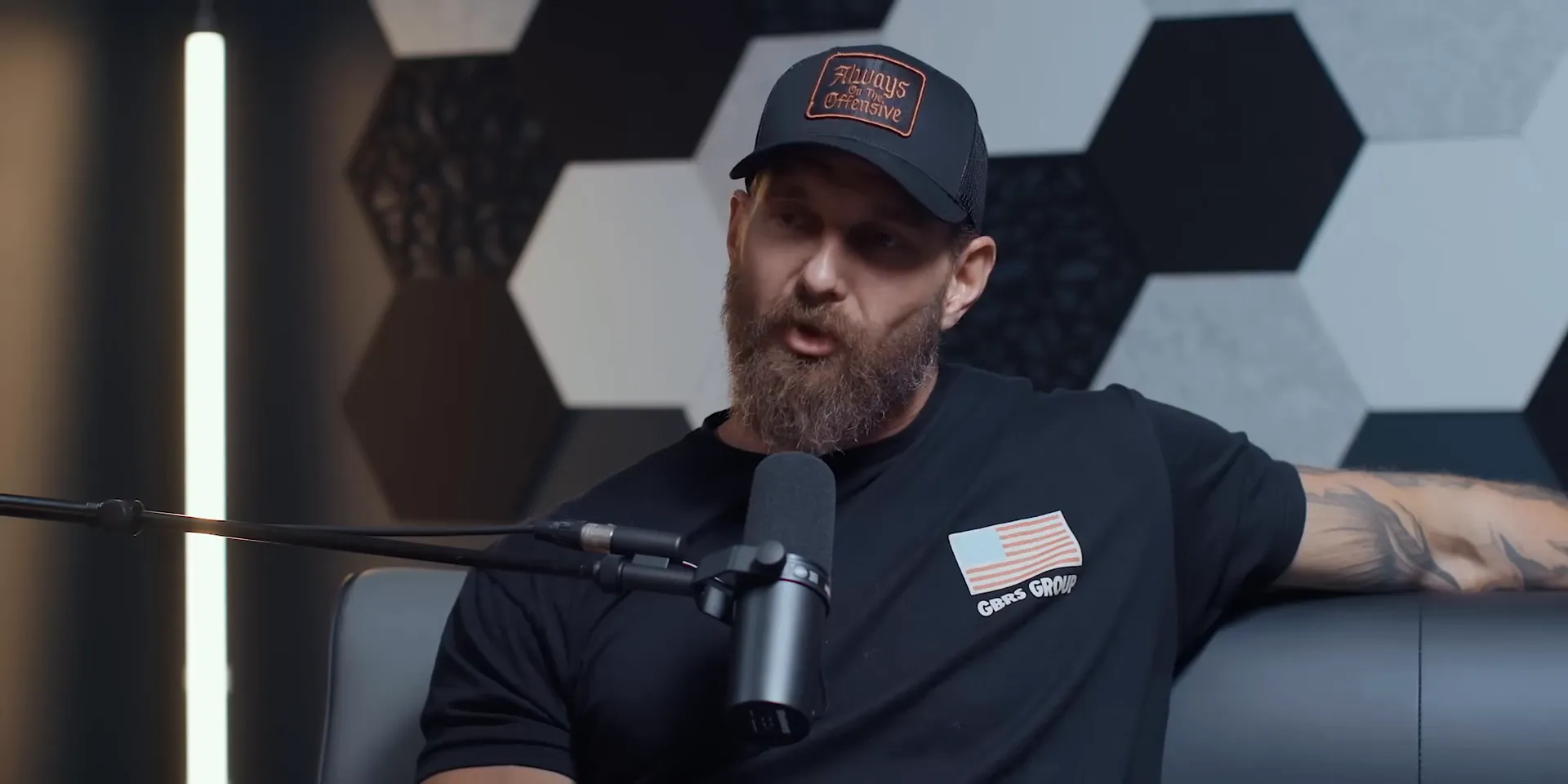
The Concentric Circles of Combat Engagement
Combat engagement can be visualized in concentric circles starting from the body and moving outward:
- Close combat: Grappling, jujitsu, wrestling, judo – the ability to control and restrain an opponent physically.
- Striking: Punching, kicking, pushing – often used to create space or respond to immediate threats.
- Handheld weaponry: Utilizing knives, batons, or other close-range weapons.
- Projectile weaponry: Mastery of firearms, tasers, and other ranged weapons.
While police forces often discourage striking due to legal and ethical considerations, combat operations rely heavily on it. However, grappling remains a crucial skill for law enforcement to safely take down and restrain suspects without escalating to lethal force unnecessarily.
Training Types That Cover Tactical Demands
DJ Shipley and his co-host highlight that despite the wide range of physical and tactical demands, training can be consolidated into a few high-impact categories:
- Whole-body strength and power training: Developing the ability to exert high forces rapidly and repeatedly, essential for grappling, sprinting, and physical confrontations.
- Whole-body endurance training: Ensuring sustained physical performance during prolonged engagements or movements.
- Locomotion training with gear: Practicing movement with full combat load (typically 50-80 pounds, sometimes up to 100 pounds), including running, jumping, and navigating obstacles.
- Direct combat training: Focused grappling, takedown, and restraint techniques critical for law enforcement and close-quarters combat.
- Projectile weaponry proficiency: Repetitive and scenario-based firearms training to develop muscle memory and decision-making under pressure.
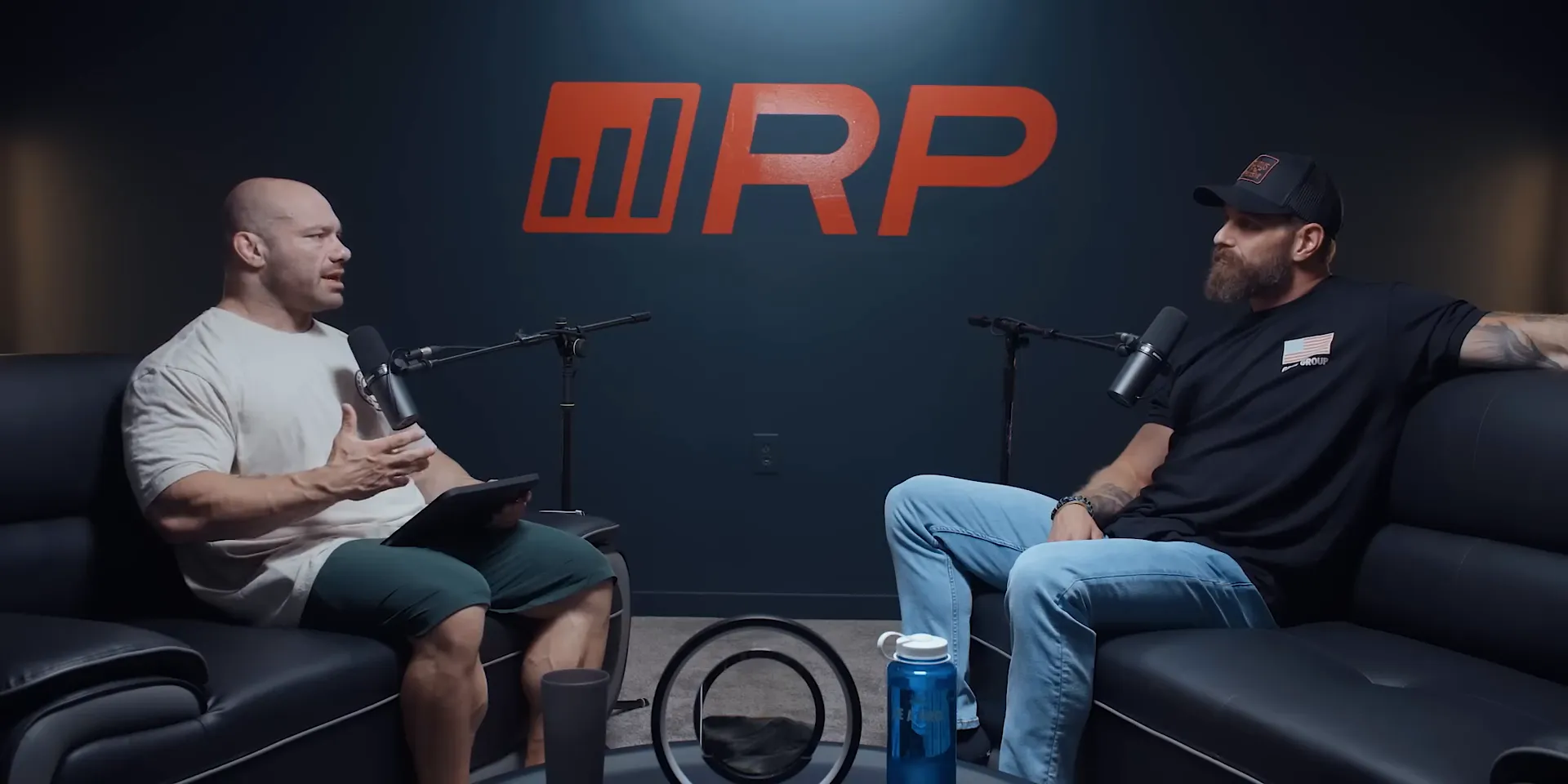
Training with the appropriate gear weight is especially emphasized. Training too light can leave operatives unprepared for the real combat load, while training too heavy can slow movements and increase injury risk. The goal is to train at or slightly above typical combat weight to build tolerance and specificity.
"Ideally, you want to think actual combat engagements are easier than your training in a physical sense." – DJ Shipley
Why Go the Extra Mile in Training?
For many police officers and tactical operators, the question arises: why invest so much time and effort into training beyond the minimum? DJ Shipley offers profound reasons:
- Increased survivability: Better training means higher chances of surviving dangerous encounters.
- Confidence: Physical and tactical proficiency breeds confidence, which can de-escalate situations and improve decision-making.
- Community safety: Skilled officers contribute to a safer and more stable community.
- Professionalism: Being physically prepared and tactically proficient reflects on the entire department and fosters pride.
- Reducing lethal force: Proficiency in grappling and restraint can prevent unnecessary use of deadly force.
DJ Shipley stresses that the job of law enforcement is one of the most important in history—keeping the peace. This reality demands a professional athletic mindset, with training schedules akin to those of elite athletes.
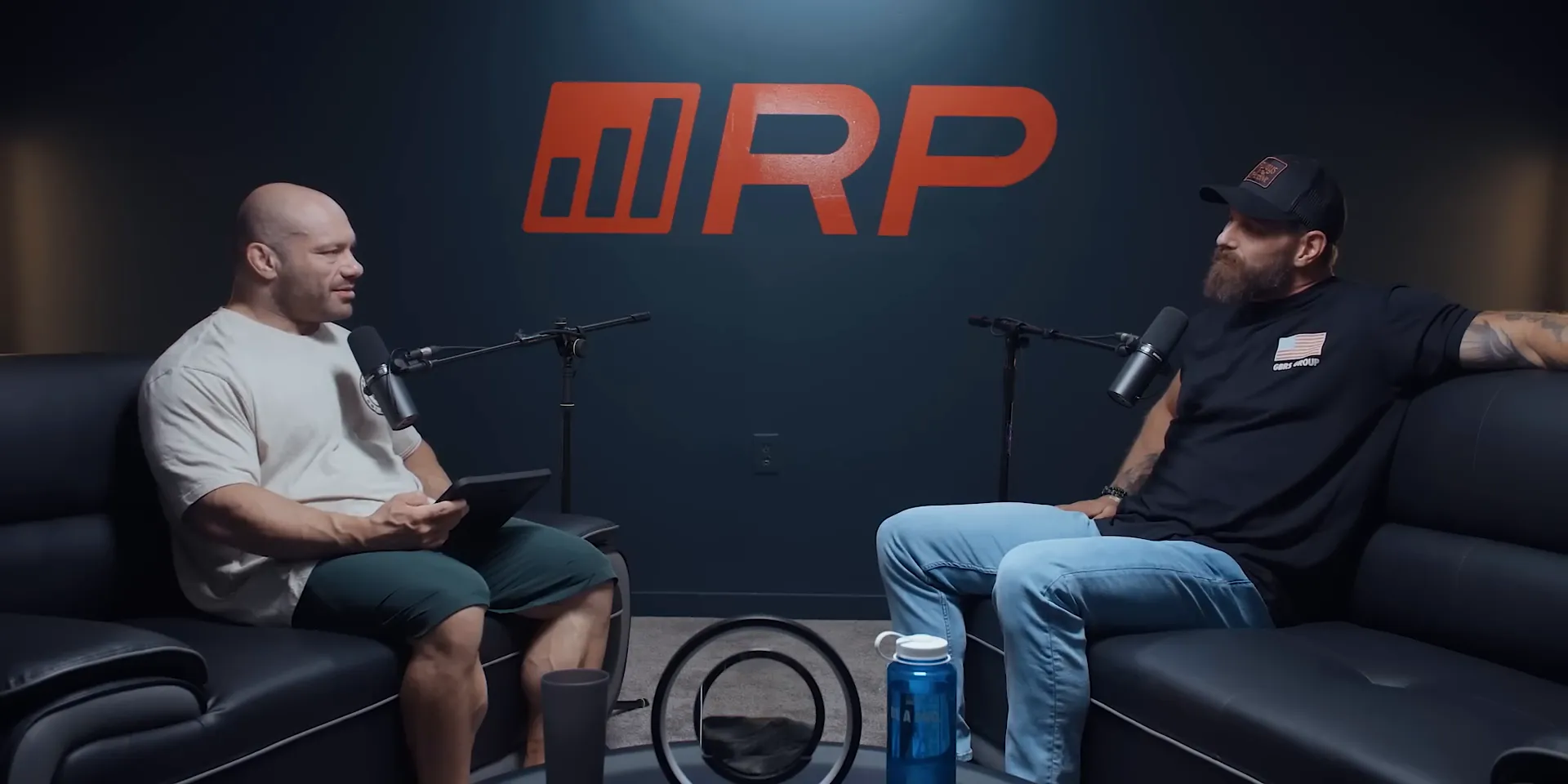
High-ROI Training Recommendations for Tactical Professionals
Understanding that police officers and tactical operators have limited time, DJ Shipley suggests a practical weekly training plan that balances effectiveness with feasibility:
- Resistance training: Focus on compound movements (rows, squats, presses) two to four times per week for 30-60 minutes to build strength and endurance.
- Movement training: Two to three sessions per week of locomotion drills with gear weight, including sprint intervals, obstacle navigation, and dynamic movement.
- Grappling training: Three sessions per week of Brazilian Jiu Jitsu or similar martial arts focusing on a core set of moves – takedowns, guard passes, mount control, back takes, and handcuff application.
- Firearms training: Dry fire practice daily (e.g., 10 draw strokes) and live fire sessions one to two times per week for 30-60 minutes.
This plan requires approximately 4-6 hours per week and can be integrated into a busy schedule, providing a high return on investment in proficiency and readiness.
Training in Special Operations and Deployment Environments
DJ Shipley shares his experience training as a Navy SEAL, highlighting the differences between home base and deployment environments:
- Home base: Typically well-equipped with state-of-the-art gyms, recovery tools, and nutrition options. Support from command is strong with access to protein supplements, varied training facilities, and specialized coaches.
- Allied bases abroad: Often maintain high standards similar to home base, especially American-influenced bases with excellent gyms and chow halls.
- Forward Operating Bases (FOBs): Facilities can range widely; some have limited equipment like a single kettlebell, while others have extensive gyms. Training at FOBs often focuses on maintenance rather than progression due to operational demands.
- Extreme deployments: In austere environments, fitness routines become creative, using bodyweight exercises and makeshift equipment to maintain readiness.
Nutrition varies but is generally supplemented with protein powders and simple meals like tuna and white rice. Soldiers often bring their own supplements to maintain intake. Maintaining a routine that mirrors home training as closely as possible is key to mental and physical stability during deployment.
Mindset: The Critical Component for Combat Excellence
Physical preparedness alone is not enough. DJ Shipley emphasizes the importance of mindset throughout different stages of combat training:
Beginning Combat Training
When starting out, the best mindset is to be a “professional student.” This means absorbing knowledge humbly, focusing fully on learning without ego, and being open to new information. Accepting that you know nothing yet and committing to the process is essential.
"If you maintain humble, keep your eyes and ears open, you can absorb some significant pearls of wisdom by just sitting in a room with high level people." – DJ Shipley
The Intermediate Phase
During the intermediate phase, trainees often struggle with entitlement or frustration when skills do not come easily. DJ advises focusing on micro-goals, obsessing over specific skills, and not rushing progress. Avoid overthinking or trying to predict every scenario; instead, execute the current task well and build from there.
Maintaining Excellence and Growth
For advanced operators, the biggest mental trap is “believing your own bullshit” — becoming complacent and thinking you’ve reached peak ability. The antidote is continuous self-assessment, humility, and leadership that elevates others. Great operators not only excel themselves but inspire and train their teams to become better.
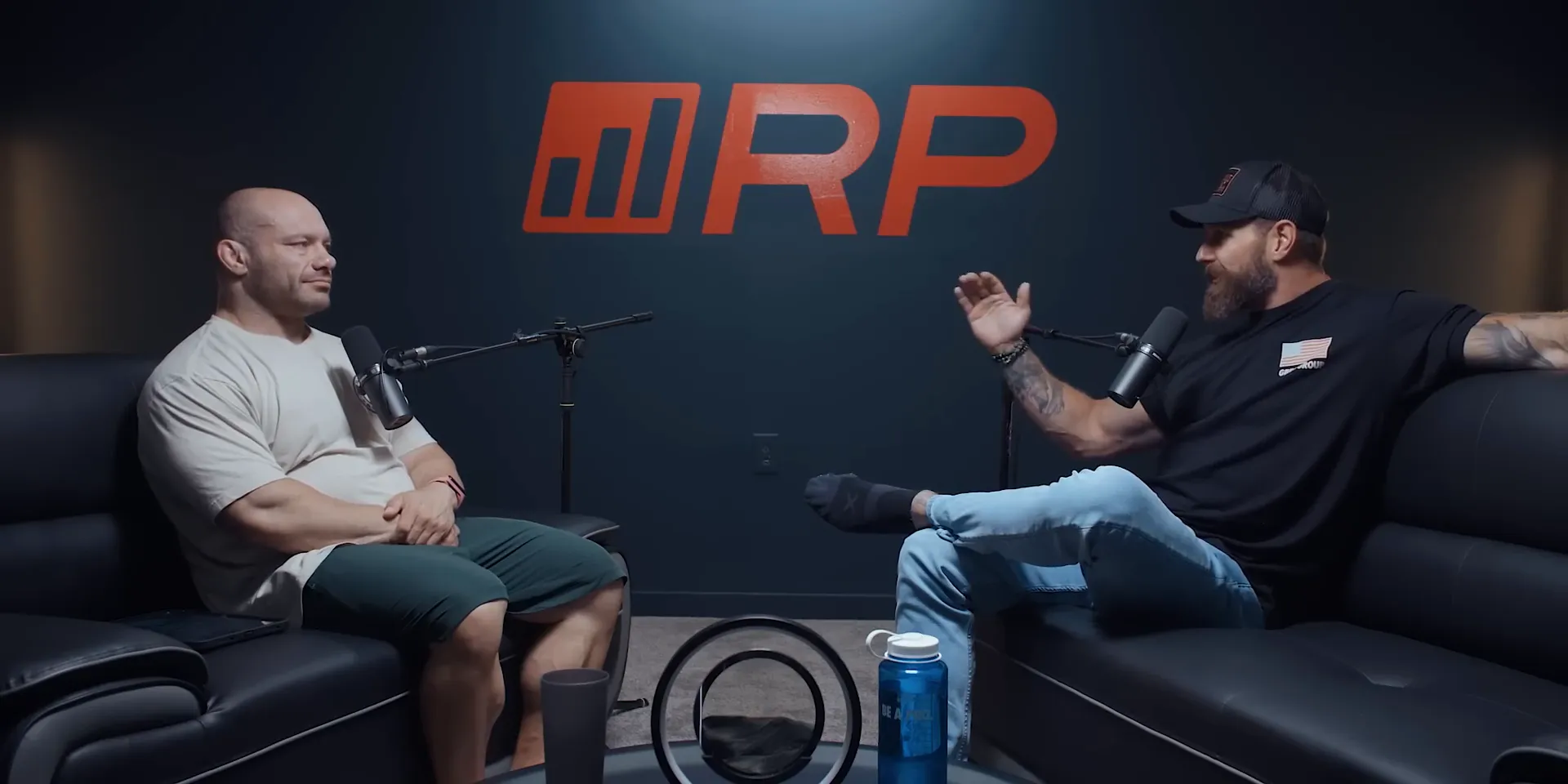
Balancing Training with Life and Recovery
DJ Shipley openly discusses the sacrifices and challenges of balancing intense training with family life and mental health. He advocates for compartmentalizing work and home life — fully committing to training and work during the day, then powering down to be present with family in the evening.
Recovery strategies include:
- Engaging in hobbies like video games or reading
- Spending quality time with teammates and family
- Maintaining routines that provide mental grounding
- Accepting the uncontrollable nature of combat environments and focusing on what can be controlled
This balance helps prevent burnout and supports long-term mental resilience.
Frequently Asked Questions (FAQ)
How much gear weight should I train with to simulate combat conditions?
Train with gear weights close to your actual combat load, typically between 50 to 80 pounds, sometimes up to 100 pounds. Training slightly heavier than typical load can build tolerance but avoid excessive weight that slows movement and risks injury.
What is the minimum effective weekly training time for police officers to improve combat readiness?
About 4 to 6 hours per week focusing on resistance training, movement drills with gear, grappling, and firearms practice can significantly improve readiness without overwhelming your schedule.
Why is grappling emphasized over striking for law enforcement?
Grappling provides control and restraint options that can prevent escalation to lethal force. Striking is often legally and ethically restricted in policing, while grappling skills enable officers to safely manage resistant suspects.
How do special operators maintain fitness while deployed in austere conditions?
They adapt by using bodyweight exercises, minimal equipment like kettlebells, and maintaining routines that mimic home training as closely as possible. Nutrition is supplemented with protein powders and simple meals, and mental grounding through routine is crucial.
What mindset should I adopt when starting combat training?
Adopt the mindset of a professional student: be humble, open to learning, and patient. Accept that you are starting from scratch and focus on mastering fundamentals before progressing.
How can I avoid complacency as I advance in tactical skills?
Continuously challenge yourself, maintain humility, seek to lead and elevate others, and recognize that there is always room for growth physically, tactically, emotionally, and spiritually.
Conclusion
Becoming amazing at combat requires a holistic approach that blends physical training, tactical skill development, and a resilient mindset. DJ Shipley’s insights underscore the importance of consistency, realistic training loads, prioritizing high-impact skills like grappling and firearms proficiency, and embracing the lifelong journey of learning and growth. Whether you are a police officer, military operator, or tactical athlete, adopting these principles can dramatically enhance your effectiveness, confidence, and survivability in the field.
Remember, training for combat is not about fleeting bursts of intensity but about sustainable, repeatable routines that prepare you for the unpredictable realities of tactical operations. Embrace the process, respect the journey, and commit to becoming the best version of yourself — a true combat machine.


